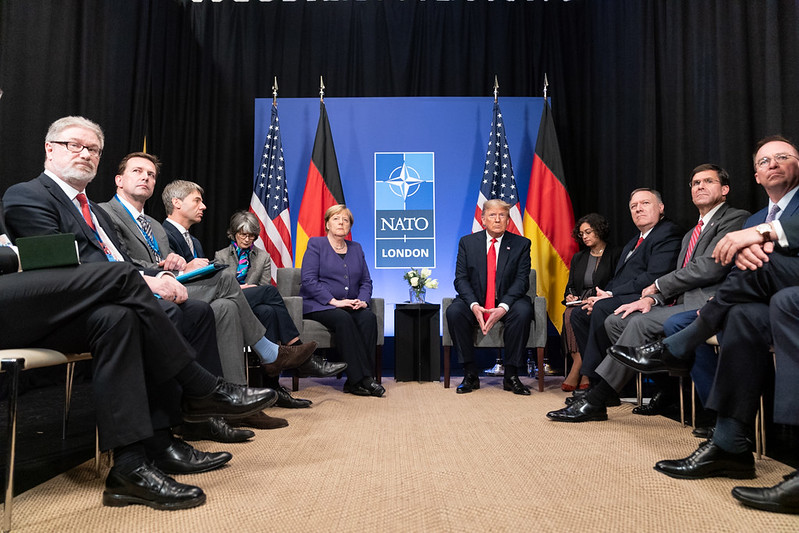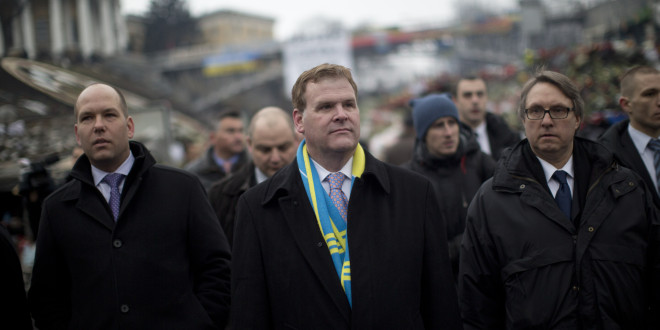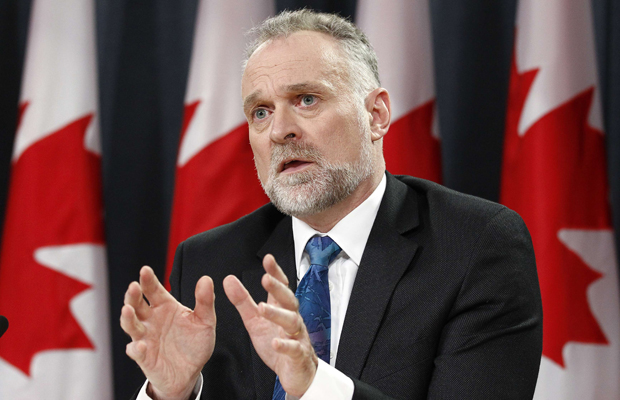The legacy of former President Donald Trump is contentious at best. From a NATO perspective, the most significant of Trump’s foreign policies was his insistence on the ‘2 percent’ commitment amongst NATO members. As a preface, this author is not naïve to the presence of politics in every facet of international decision-making. However, in democracies – especially in the all-volunteer force era – militaries must remain apolitical to ensure confidence in their ability to protect the public. Therefore, Trump’s withdrawal of 12,000 troops from Germany in 2020 – because they were “not paying their bills” – directly contravenes this ideal. This event prompts a closer examination of the ‘2 percent’ rule. On the surface, spending 2% of one’s gross domestic product (GDP) on the military seems reasonable. However, upon closer inspection, we can see that this commitment has merely served as a political talking point that misrepresents a country’s contribution to NATO.
The ‘2 percent’ rule has its origins in 2002, “as this was the level of NATO Europe’s spending” at that time. In 2006, NATO Defence Ministers formally agreed to commit a minimum of 2% of their GDP to defence spending. At the Wales Summit in 2014 and responding to Russia’s illegal annexation of Crimea, NATO leaders reaffirmed their commitment to the ‘2 percent’ agreement, resulting in 11 members reaching the mark in 2020 and other allies, such as Canada, having actions plans for 2024.
Importantly though, the ‘2 percent’ commitment is meant to represent the country’s political will to contribute to NATO. The agreement centres around a political facet that governments use to overrepresent their expenditures – which ultimately undermines the notion of defence spending as showcased in the following examples.
A BBC News article from 2016 indicates that the UK only met their ‘2 percent’ obligations through “creative accounting.” By including expenditures from intelligence gathering and military pensions – both previously not counted as defence spending – the UK government met the threshold. The cross-party Defence Committee that released the report on these changes admitted that the UK government would not have met the NATO minimum if the “accounting practices had not been modified.” It is important to note that NATO considers military pensions an acceptable form of defence spending under the ‘2 percent’ agreement. However, while the argument is valid for intelligence gathering to constitute a military expenditure, the inclusion of pensions is less clear. There is a difference between salaries for active-duty personnel that contribute to a State’s fighting power compared to pensions for retired veterans. The UK Defence Committee warned that this “redefinition” of military spending undermines the claim that the ‘2 percent’ was met.
A more pertinent example of how the ‘2 percent’ rule does not provide a clear picture of a country’s defence spending is the current COVID-19 pandemic. When we tie spending measures to GDP, we risk falling prey to misrepresentations during economic downturns. For example, Germany’s increase in defence spending from 2019 to 2020 is tied to a shrinking GDP due to the pandemic. Moreover, while Canada continues to increase its military expenditures steadily, as seen in its Budget 2021, the jump from 1.29 percent in 2019 to 1.4 percent in 2020 was due primarily to a decrease in overall GDP. Therefore, having the measure of contributions tied to a fluctuating denominator creates a misrepresentation of a member’s financial commitment to NATO.
To further highlight the misgivings of the ‘2 percent’ rule in measuring a member’s real contribution to NATO, we will compare the spending per active-duty personnel of France, which achieved the NATO minimum in 2020, and Canada, who did not. In 2020, the two countries’ respective expenditures were 52.7 billion USD and 22.8 billion USD. As of 2021, France has an estimated 450,000 total military personnel, with Canada having approximately 112,500. From these numbers, we find that France spends about 117,111 USD per person, and Canada spends about 202,666 USD. These results indicate that the ‘2 percent’ commitment does not accurately showcase a country’s investment in its military personnel.
These three examples highlight that the ‘2 percent’ rule is not the end all be all. In fact, in recent years, it has served more as a divisive political tool – as previously illustrated with the US withdrawing its troops from Germany – than an avenue for addressing real security concerns. As it currently stands, NATO has a 16-to-1 advantage in defence spending against its foremost adversary: Russia. Even after considering China’s estimated 252 billion USD defence budget, NATO continues to have the financial edge – suggesting that the current military spending is sufficient. This article is not arguing that NATO countries should cease increasing their defence budgets. Instead, the deficiencies of the current measure prompt a reconsideration of what it means to spend on defence.
Recent years have shown that defence is a much larger concept than just the military. In a previous article, this author discussed how military investments support civilian life. The same is true in the opposite direction. Investment into the civilian sector is an investment into the nation’s defence. COVID-19 has highlighted the vulnerabilities of being dependent on foreign countries for vaccine manufacturing. The Canadian government’s nearly $200 million investment into a Mississauga-based medical plant is a step towards enhancing their defence against health-related security threats. Moreover, addressing climate change is another facet of a country’s security. As NATO has made this a priority, any measure of defence spending must include the actions taken to address climate change.
Spending 2% of GDP on the military for the sake of spending 2% of GDP is not an accurate representation of a country’s contribution to NATO. Nor is it an effective way to measure defence spending. There is little point in mandating a ‘2 percent’ rule when there are historical concerns over corrupt spending habits. NATO members such as Greece, Lithuania, and Bulgaria – all of whom have met the NATO minimum in the past – have instances of bribery and irregularities in their defence contracts. The current agreement creates a false narrative that inaccurately portrays military readiness, let alone domestic stability. As the world’s security threats evolve, so too should our methods of measuring our financial commitment to address them.
Photo: President Trump Meets with the Chancellor of the Federal Republic of Germany (2019), by Trump White House Archived via Flickr. Public Domain.
Disclaimer: Any views or opinions expressed in articles are solely those of the authors and do not necessarily represent the views of the NATO Association of Canada.




